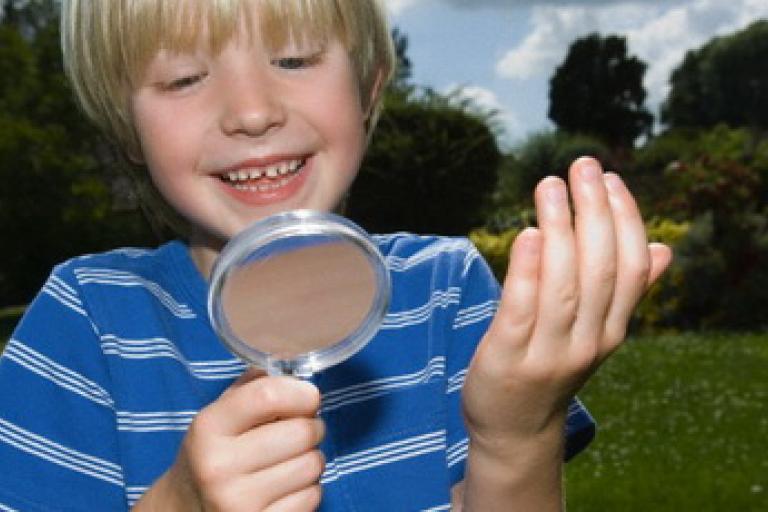
There is no one cause for anxiety. Genetics alone can't cause anxiety, because within one family you may have a child who seems to be born anxious, while his or her sibling could use a little more caution because they seem to be fearless. Exposure to a stressful environment can be a pathway to developing anxiety, but even with exposure to a traumatic event, only about 1/4 of all children develop a post-traumatic stress disorder. It is best to understand the causes of anxiety as resulting from a combination of an increased vulnerability to anxiety-- because of genetic or physiological makeup-and exposure to a specific trauma or acute or ongoing stressor.














